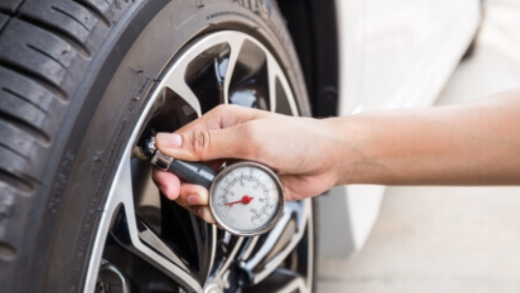In the ever-evolving world of music production, having a well-equipped and properly set up music studio is crucial for creating high-quality recordings. Whether you are a professional producer or an aspiring musician, understanding the essential equipment and setup required for a music studio is vital. This article aims to provide a comprehensive guide on what every music studio needs, ensuring that your studio meets the highest standards and stays up-to-date with the latest trends.
1. Acoustic Treatment:
Creating an acoustically optimized environment is the foundation of a professional music studio. Proper acoustic treatment helps eliminate unwanted reflections, echoes, and resonances, ensuring accurate monitoring and recording. Key components of acoustic treatment include:
– Bass Traps: These absorb low-frequency sound waves, preventing bass buildup and maintaining a balanced sound.
– Diffusers: They scatter sound waves, reducing flutter echoes and creating a more natural and spacious sound.
– Absorption Panels: These control mid and high-frequency reflections, enhancing clarity and detail in recordings.
2. Studio Monitors:
Accurate monitoring is essential for making informed decisions during the mixing and mastering process. Invest in high-quality studio monitors that provide a flat frequency response, allowing you to hear the true representation of your music. Consider factors such as frequency range, power output, and room size when selecting studio monitors.
3. Digital Audio Workstation (DAW):
A DAW is the heart of any modern music studio. Choose a DAW that suits your workflow and offers a wide range of features for recording, editing, mixing, and mastering. Popular options include Pro Tools, Logic Pro, Ableton Live, and FL Studio. Stay updated with the latest software versions to access new features and improvements.
4. Audio Interface:
An audio interface serves as the bridge between your studio equipment and the computer. It converts analog audio signals into digital data and vice versa. Look for an audio interface with high-quality preamps, low latency, and sufficient inputs and outputs to accommodate your recording needs.
5. Microphones:
Having a diverse collection of microphones is essential for capturing different instruments and vocals accurately. Invest in a high-quality condenser microphone for capturing vocals and acoustic instruments, and dynamic microphones for amplifiers and drums. Additionally, consider specialized microphones such as ribbon microphones for a unique sonic character.
6. MIDI Controllers:
MIDI controllers allow you to control virtual instruments and software synthesizers. A keyboard controller with velocity-sensitive keys is a common choice, but other options like pad controllers and drum machines offer unique creative possibilities. Choose a MIDI controller that suits your musical style and production needs.
7. Outboard Gear:
While digital plugins have become increasingly powerful, certain analog outboard gear can still add a touch of warmth and character to your recordings. Consider investing in high-quality preamps, compressors, equalizers, and reverb units to enhance your sound.
8. Cables and Accessories:
Often overlooked, having reliable cables and accessories is crucial for maintaining signal integrity and workflow efficiency. Invest in high-quality cables, microphone stands, pop filters, and headphone amplifiers to ensure a professional and hassle-free recording experience.
Conclusion:
Building a professional music studio requires careful consideration of the essential equipment and setup. By investing in acoustic treatment, studio monitors, a DAW, audio interface, microphones, MIDI controllers, outboard gear, and reliable accessories, you can create a space that fosters creativity and produces high-quality recordings. Stay updated with the latest advancements in technology and industry trends to ensure your studio remains at the forefront of music production. Remember, a well-equipped and properly set up music studio is a powerful tool for bringing your musical vision to life.


